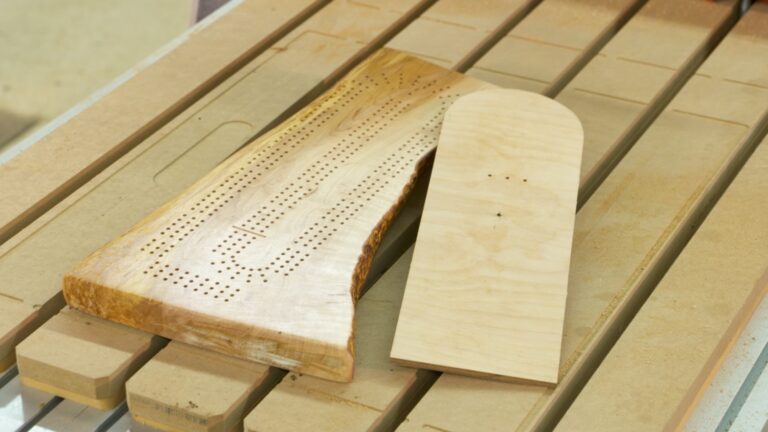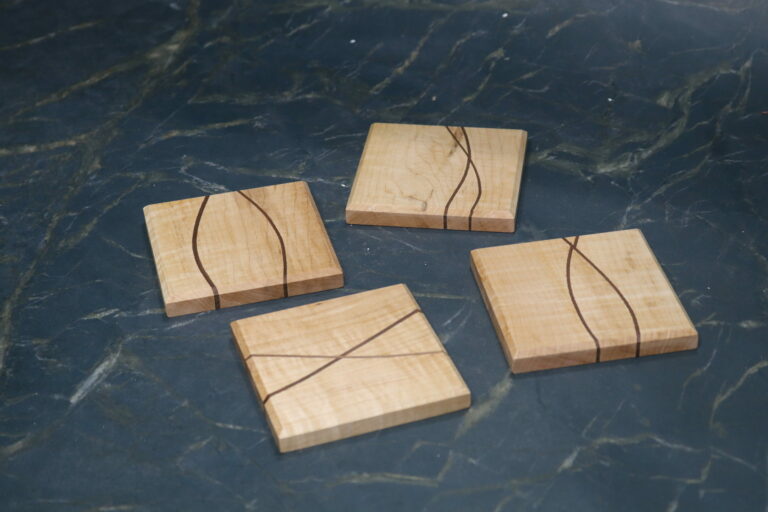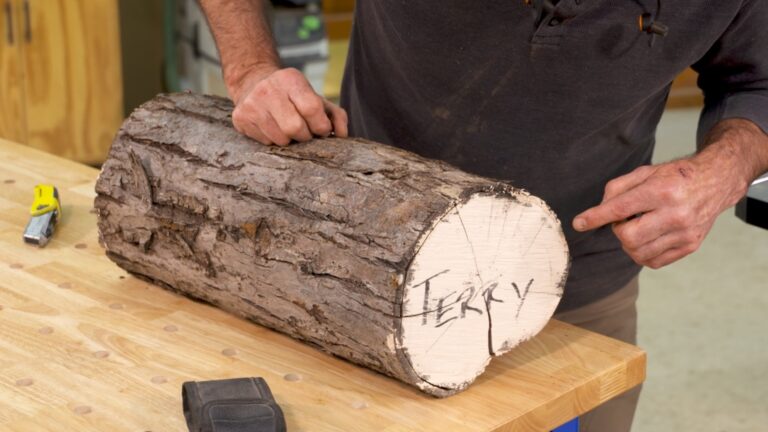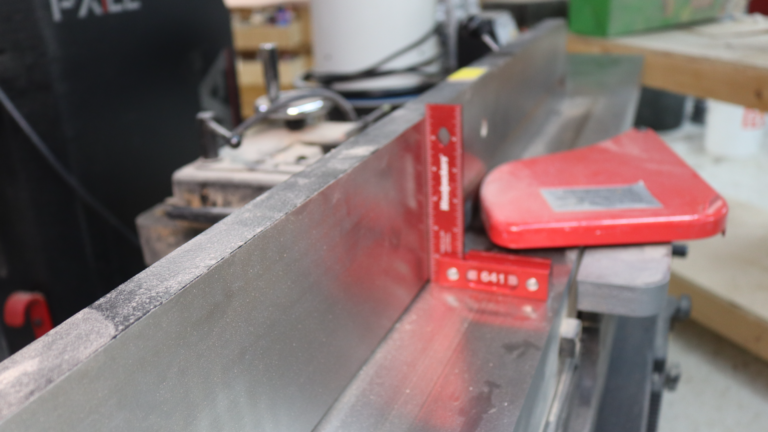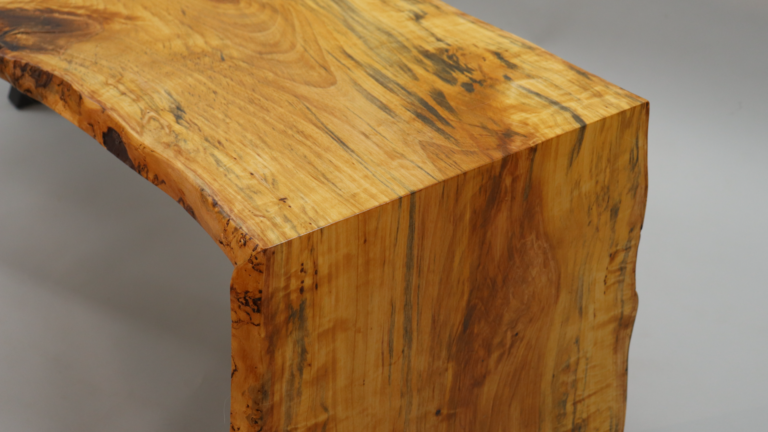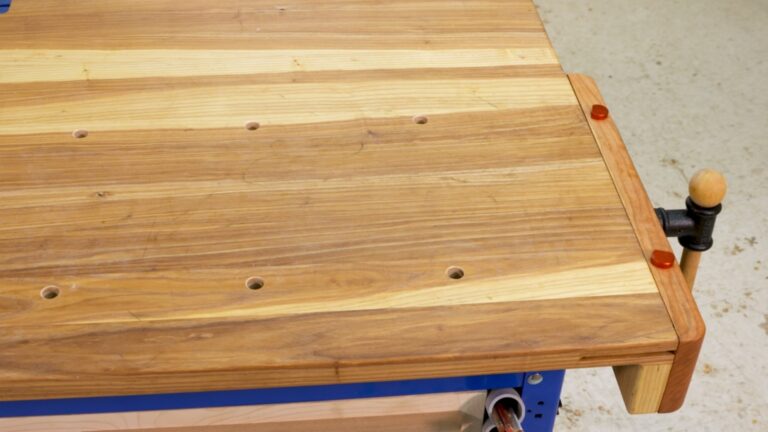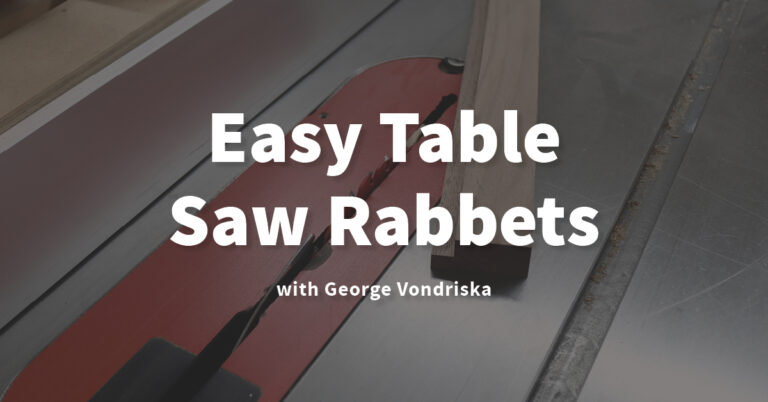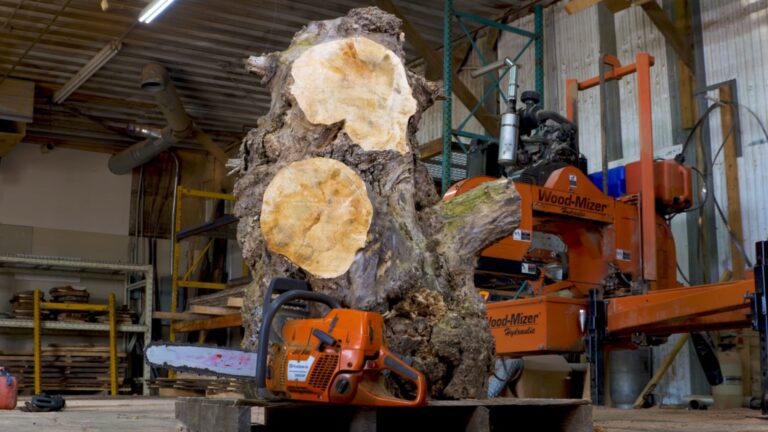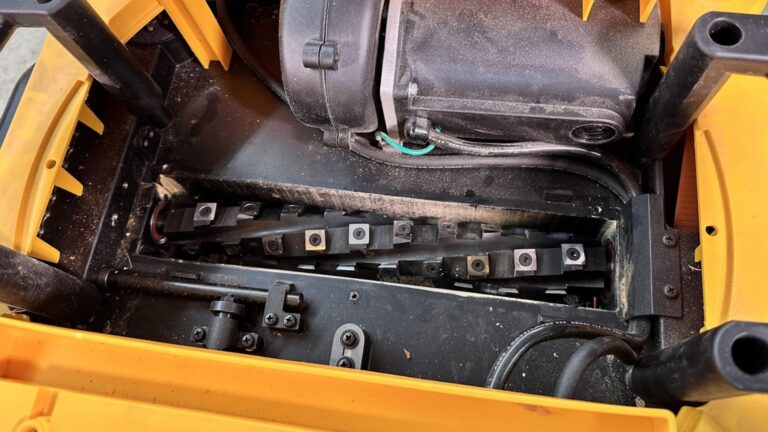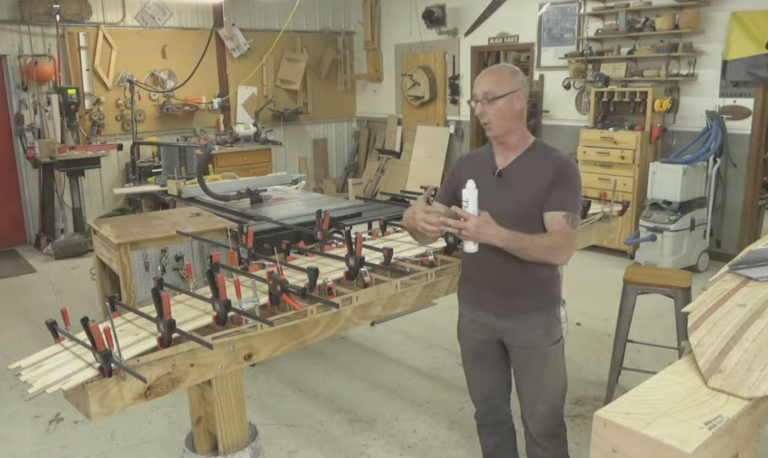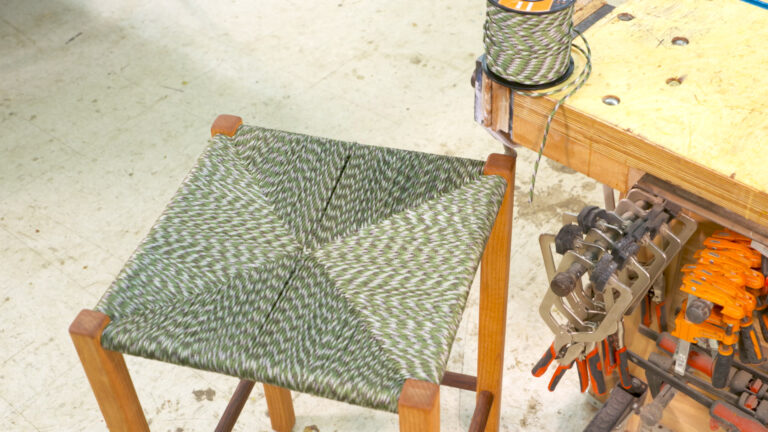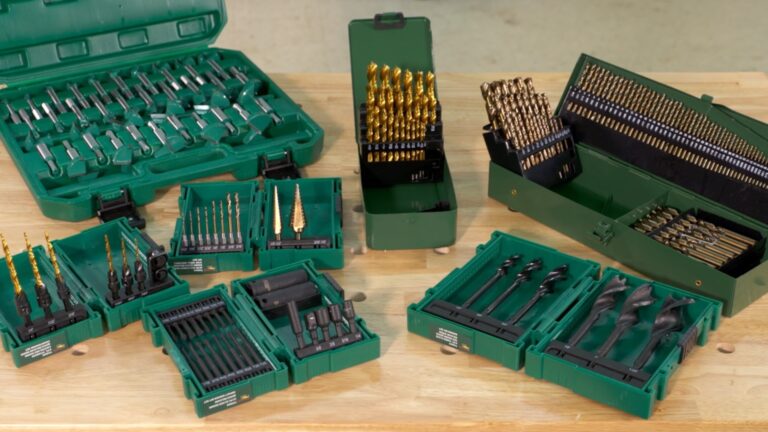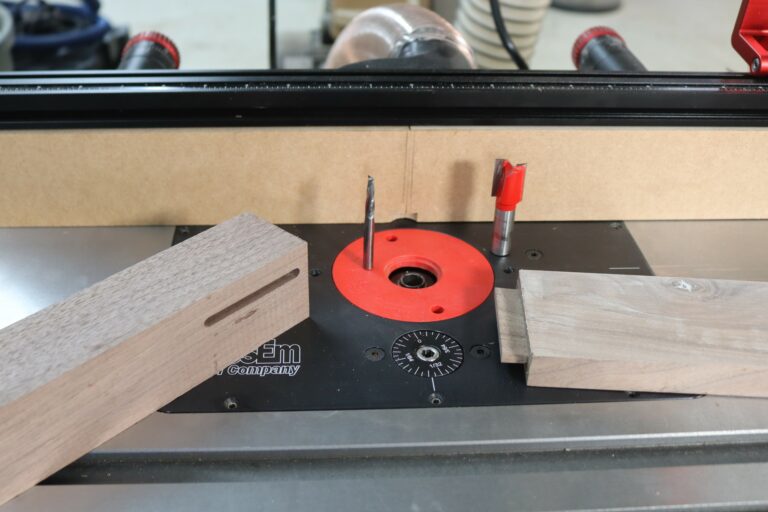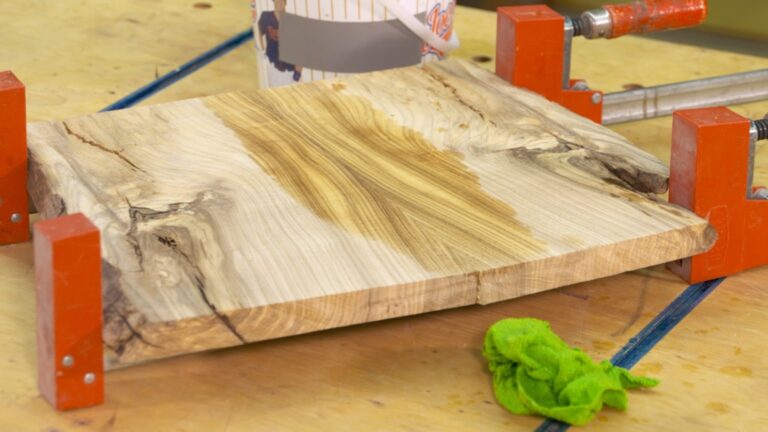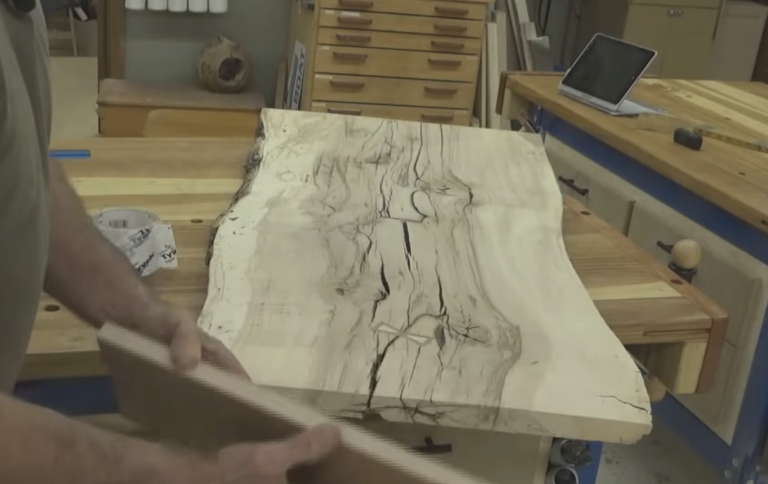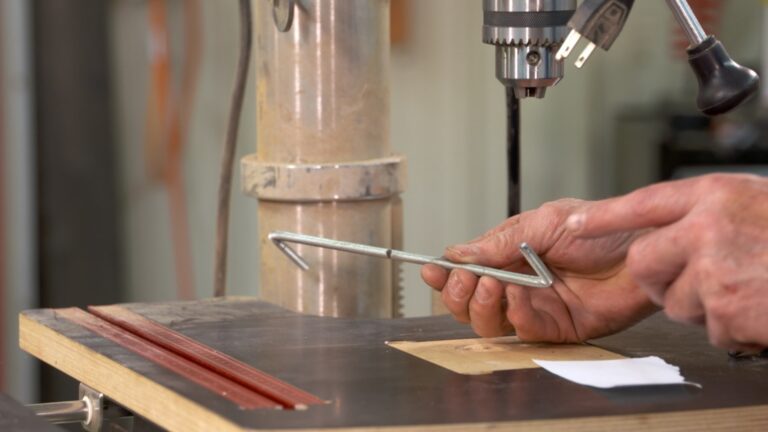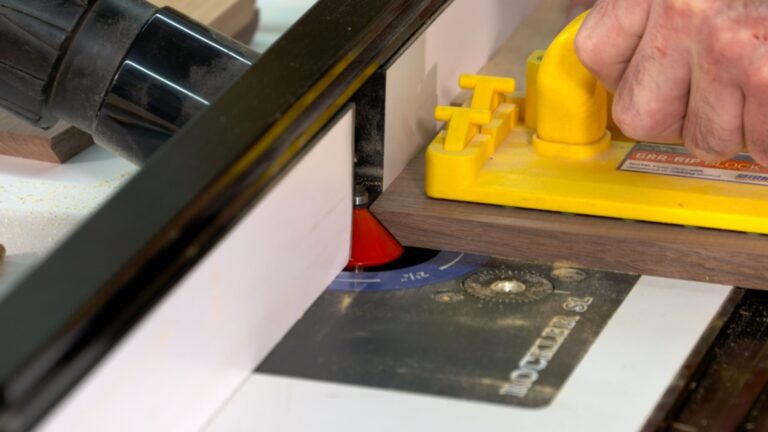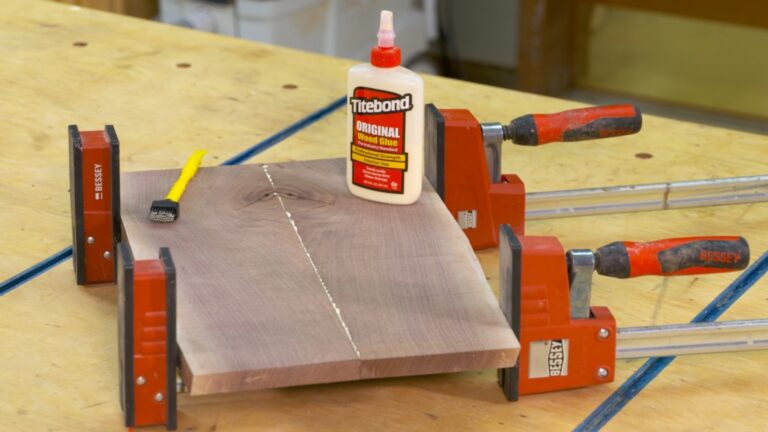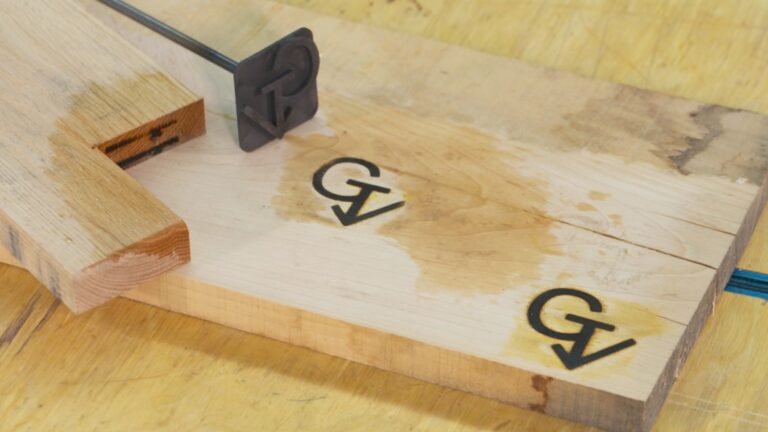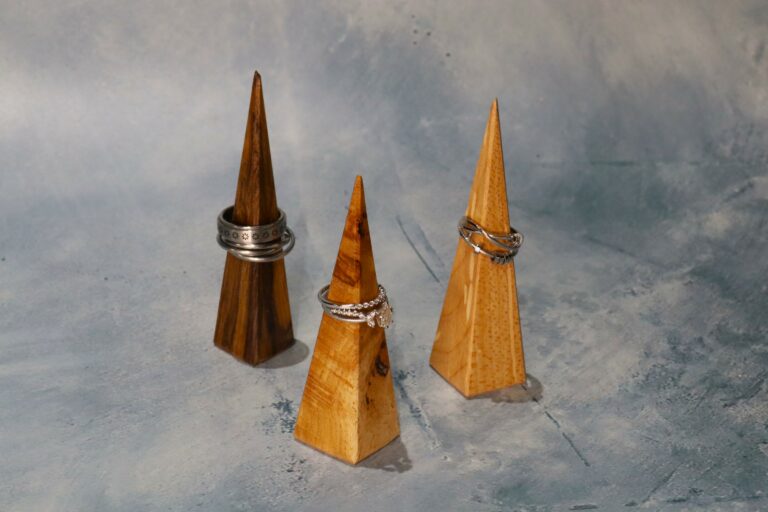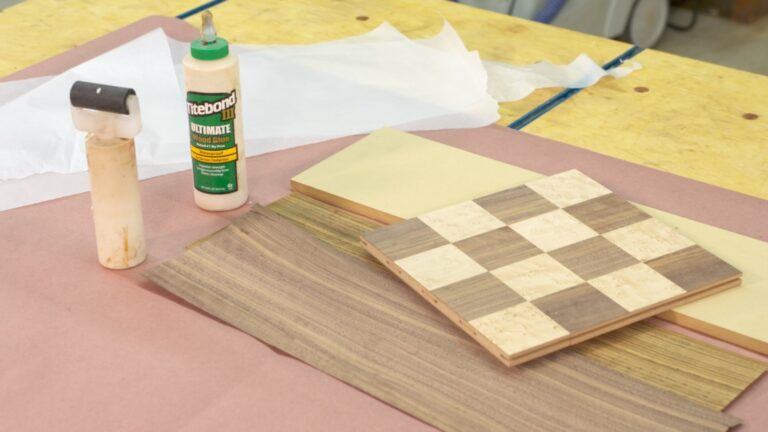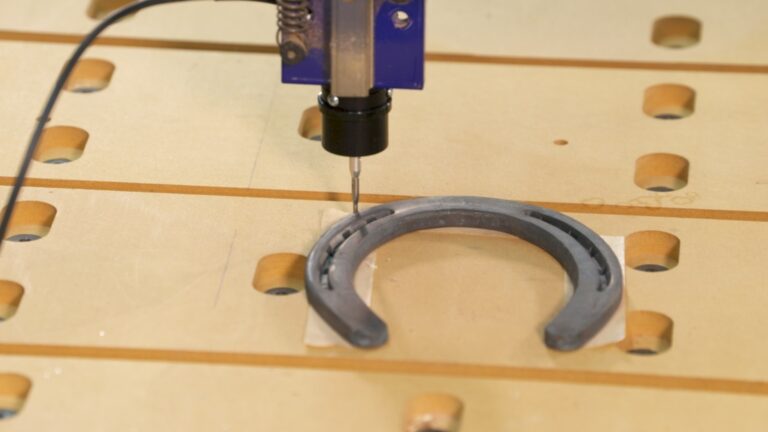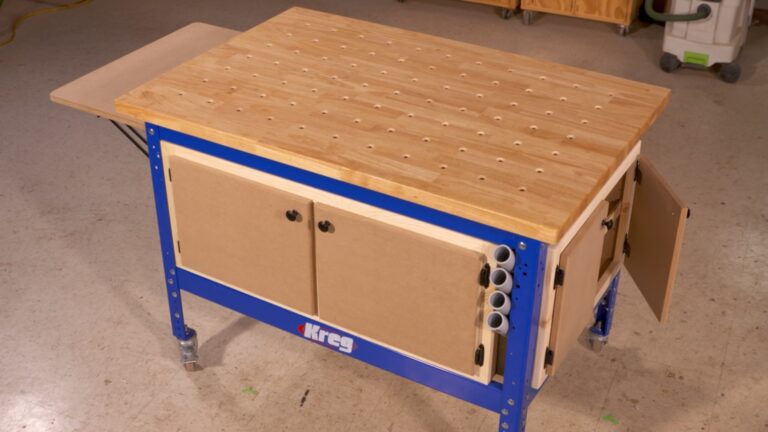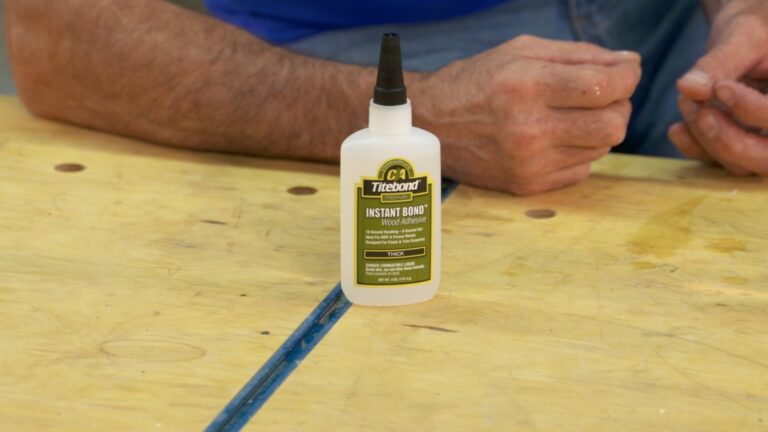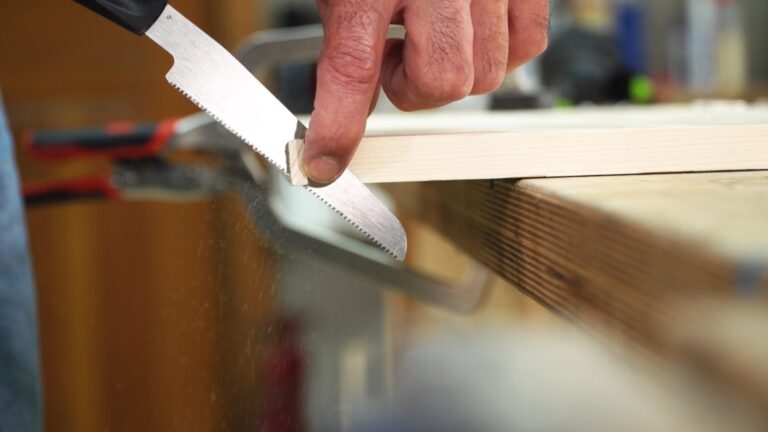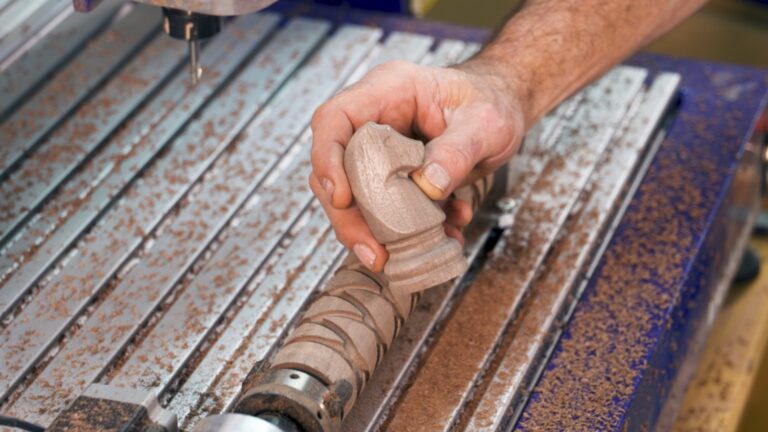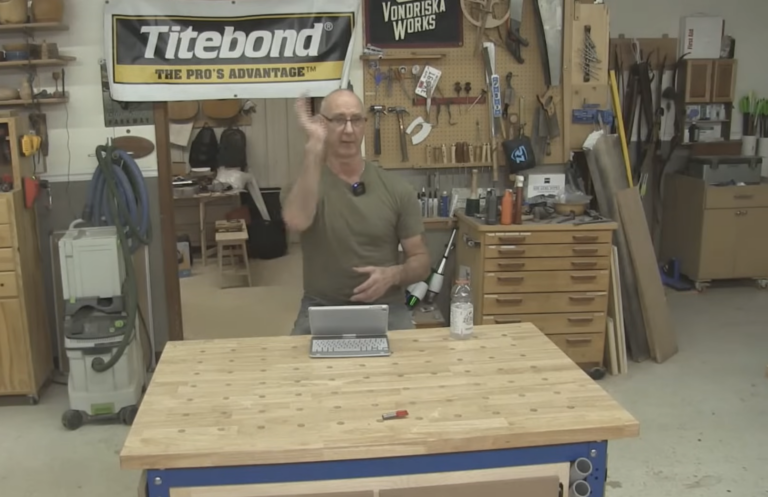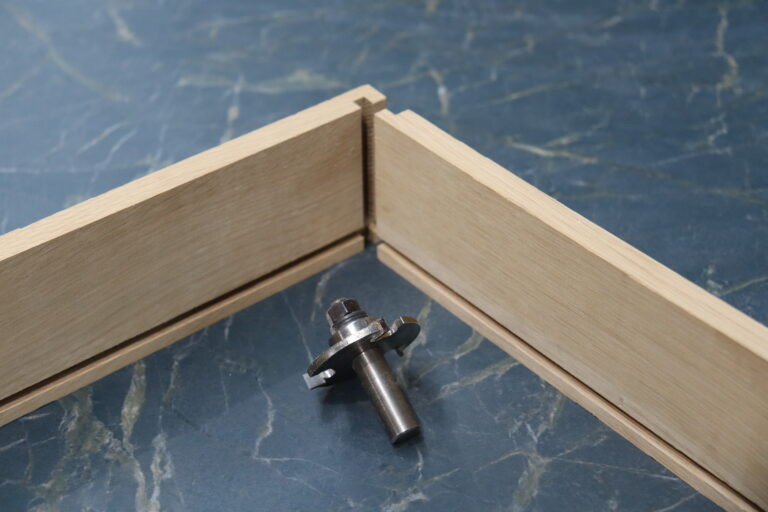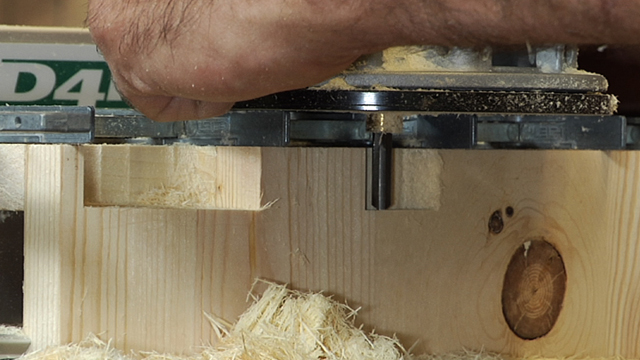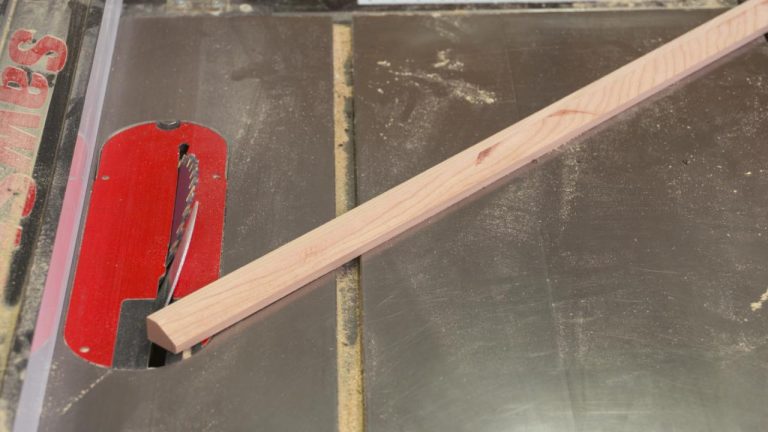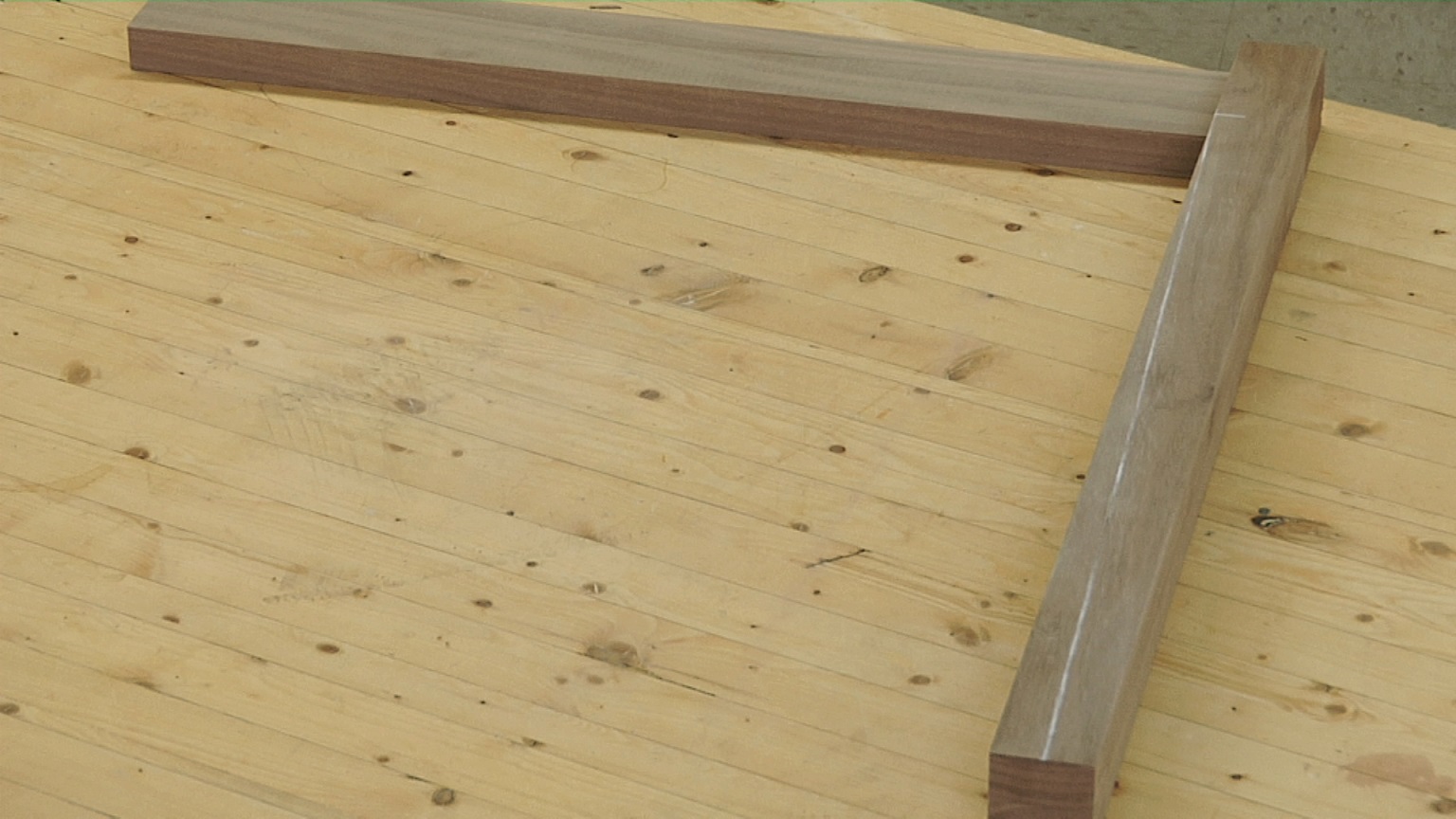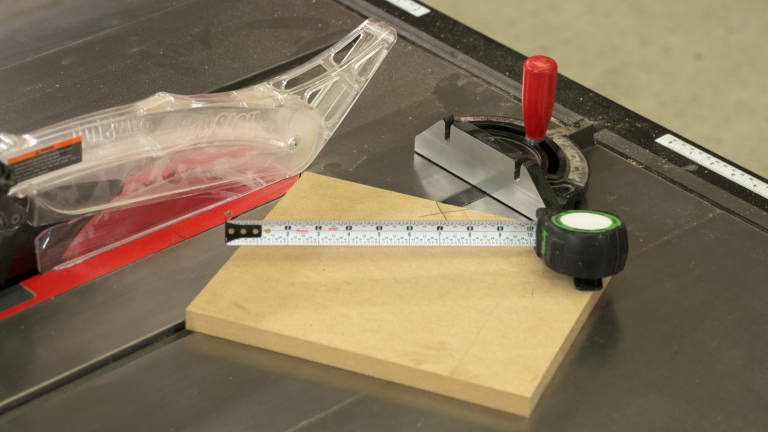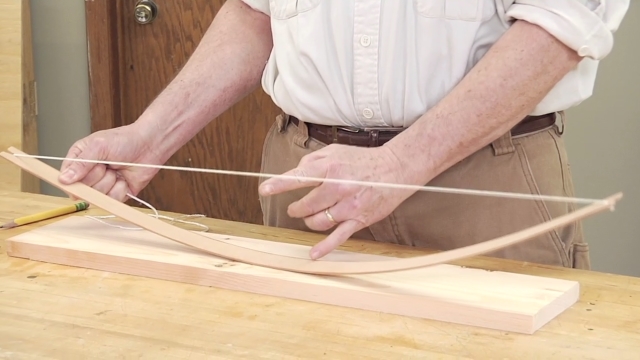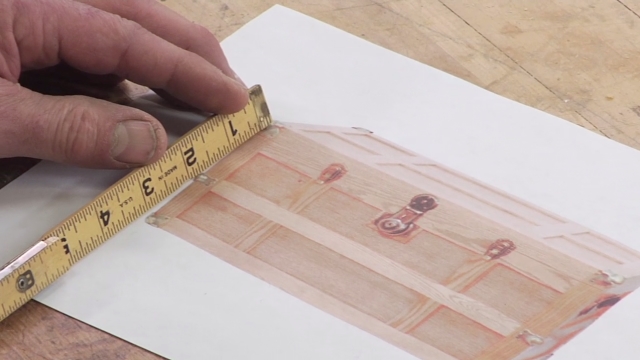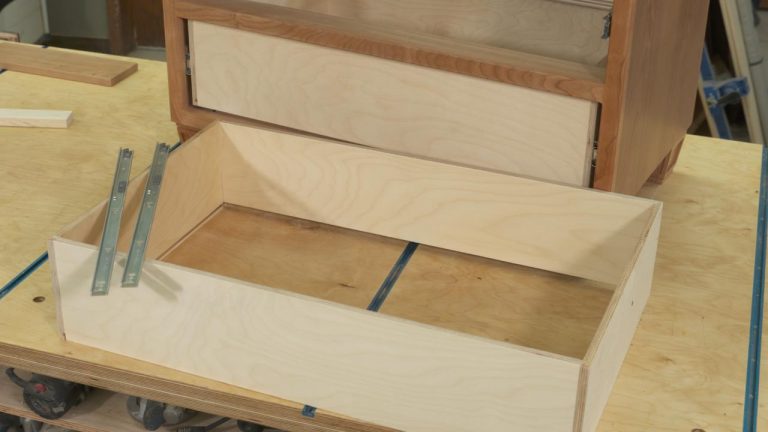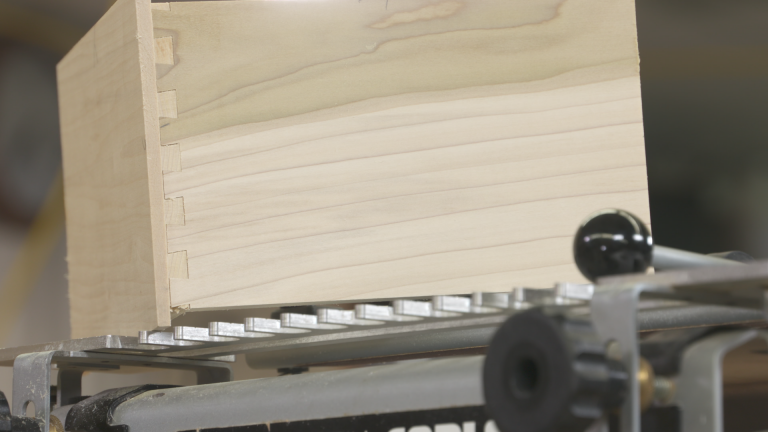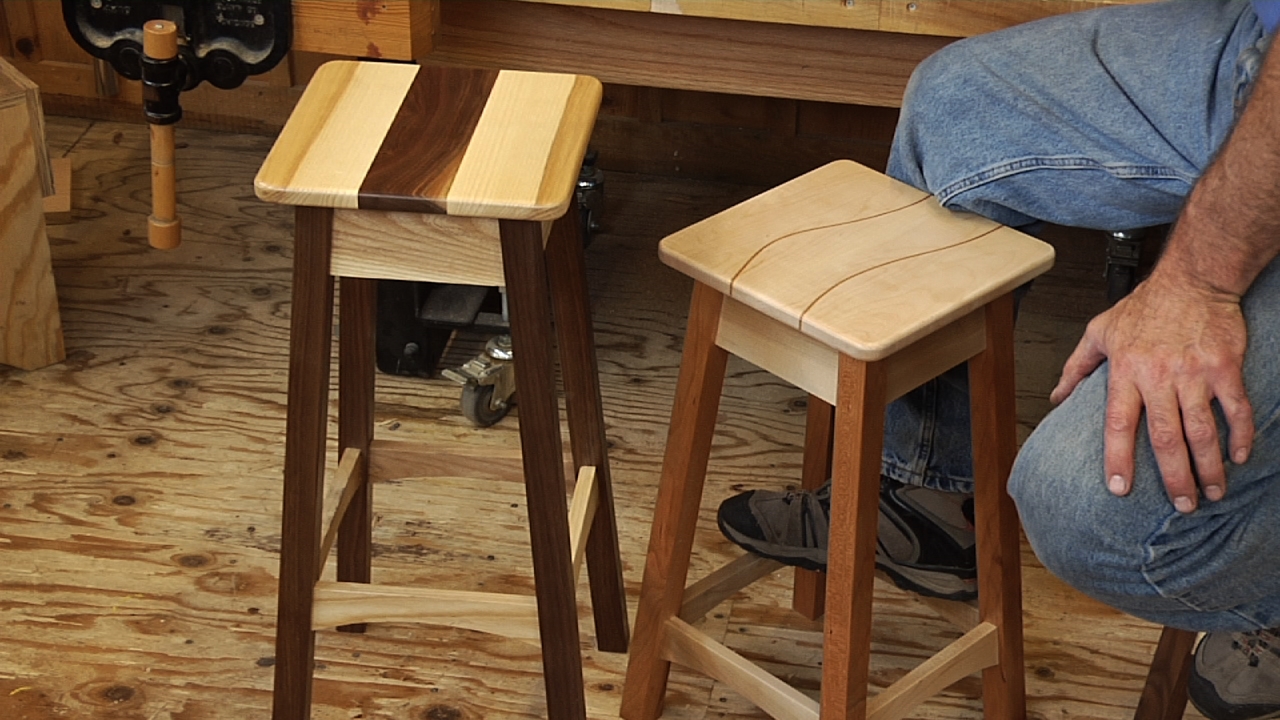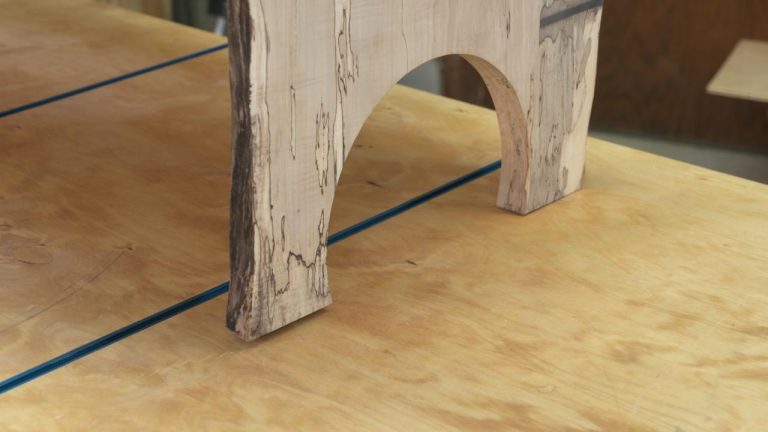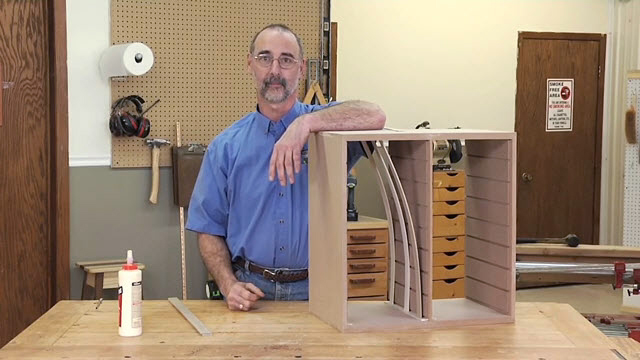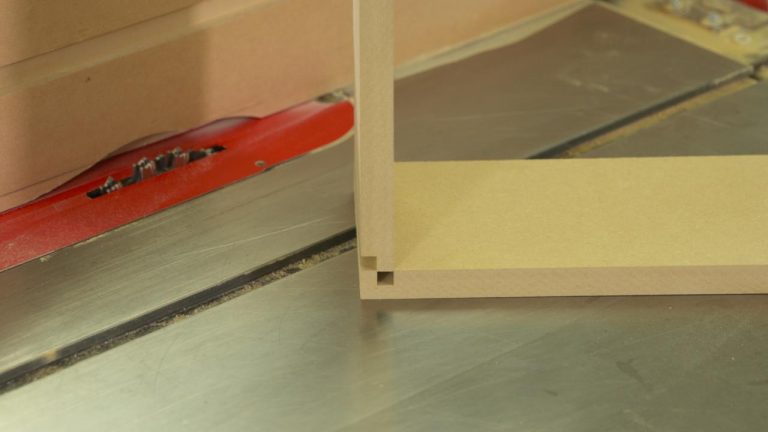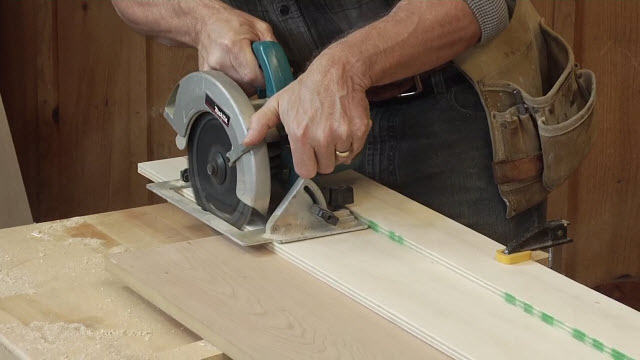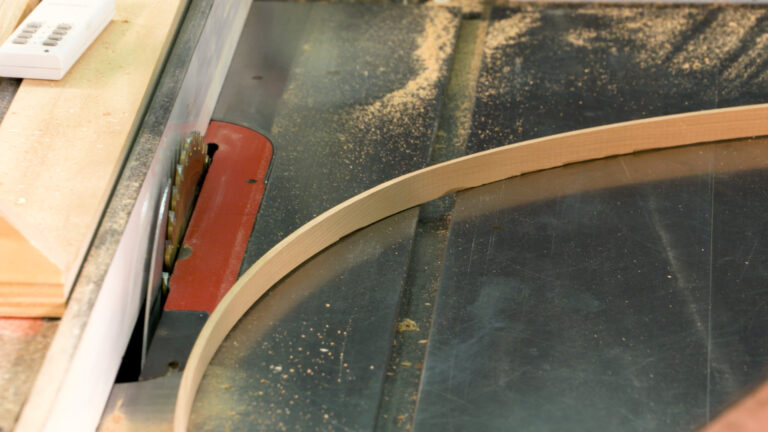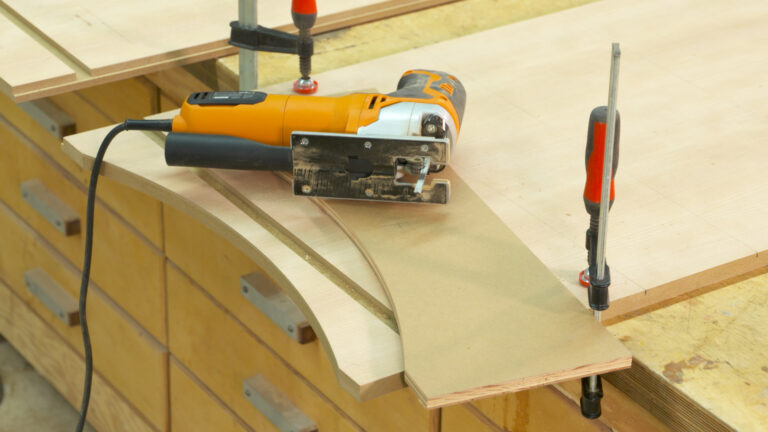
Hand Chamfering Wood Drawer Pulls
George VondriskaChamfering wood with a hand plane is a great way to coax the wood into a more interesting shape, removing the harsh crisp edges that have been left behind by cutting tools. The chamfer creates a more inviting texture on the wood, and also brings out visually pleasing variations in how light reflects off the wood’s surface. Furniture designers and master craftsmen often incorporate this subtle but important detail into stunning pieces of furniture.
Chamfering wood is not a difficult technique to master, but some thought needs to go into how you will approach it. A router with a chamfering bit can be used, and for production applications that’s not a bad way to go. But chamfering wood with a hand plane is a great alternative for ad hoc chamfering because it is a quieter, less dusty affair, and the sound of a hand plane taking whisper-thin shavings of wood is one of the most satisfying things to experience in a workshop.
If you want to try chamfering wood with a hand plane, here are a few suggestions:
Low angle is a great way to go. A plane with a traditional angle works great on long grain but can cause problems on end grain. A well tuned low-angle plane can produce a glass-like surface on end grain, and it performs well enough to use for chamfering wood on it’s long grain as well. Using a single plane rather than one low angle and one traditional plane saves time.
Control the work piece. Use a solid clamp or vise to secure the work solidly and minimize chatter in the cut.
Slow down as you approach the final passes. Sneak up on your final cut so that you can make one clean pass down each edge that spans the full cut.
Explore videos by George Vondriska
You may be interested in
Premium Membership
Unlock exclusive member content from our industry experts.
- 24/7 Access to Premium Woodworking Videos, Projects, and Tips
- Step-by-Step Instructional Demos, Plans, and Tutorials
- 50% Off Video Downloads Purchased in the Woodworkers Guild of America Shop
- 2 Printable Woodworking Plans
Unlock exclusive member content from our industry experts.
- 24/7 Access to Premium Woodworking Videos, Projects, and Tips
- Step-by-Step Instructional Demos, Plans, and Tutorials
- 50% Off Video Downloads Purchased in the Woodworkers Guild of America Shop
- 2 Full-Length Video Downloads to Watch Offline
- 2 Printable Woodworking Plans
Gold Membership
$370 Value
Get everything included in Premium plus exclusive Gold Membership benefits.
- 24/7 Access to Premium Woodworking Videos, Projects, and Tips
- Step-by-Step Instructional Demos, Plans, and Tutorials
- 8 Full-Length Video Downloads to Watch Offline
- 3 Full-Length Woodworking Classes to Keep for Life
- 7 Printable Woodworking Plans
- Discounts on Purchase-to-Own Content in the Woodworkers Guild of America Shop
- Access to Ask the Expert Program
- Exclusive GOLD LIVE Streaming Events
